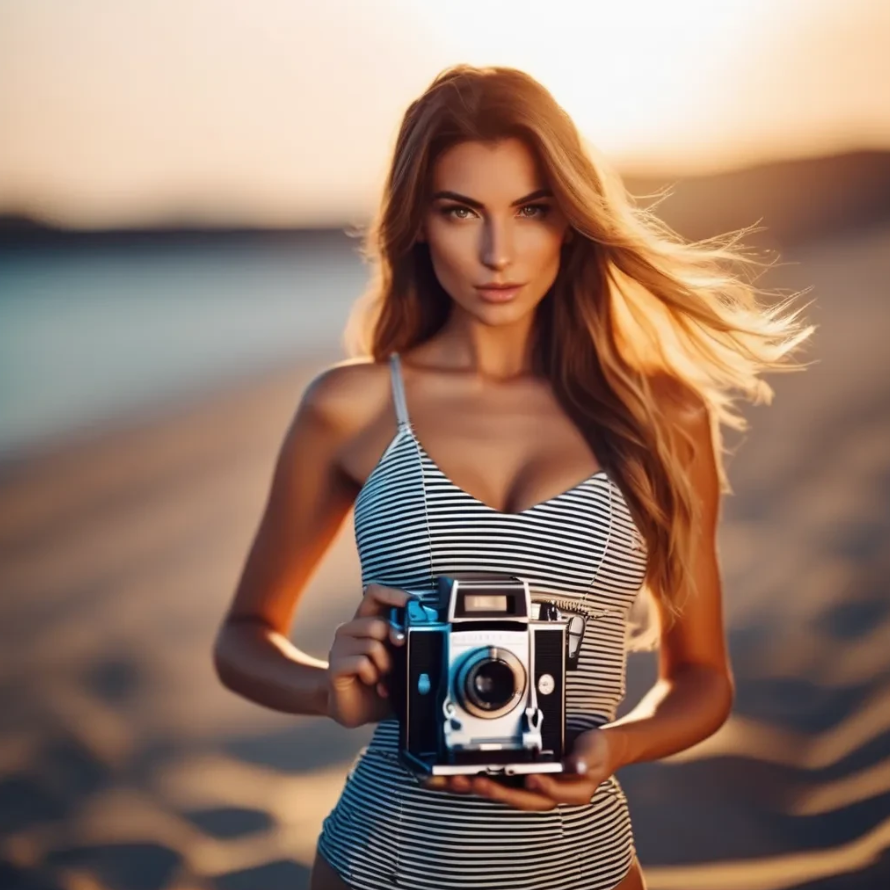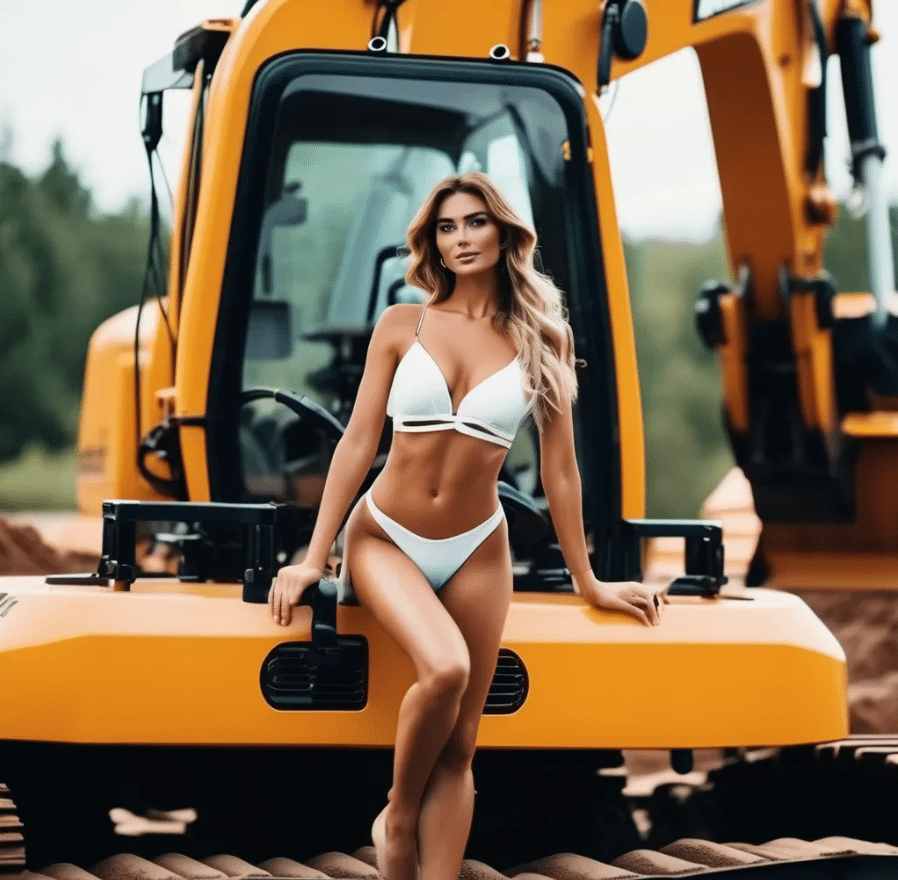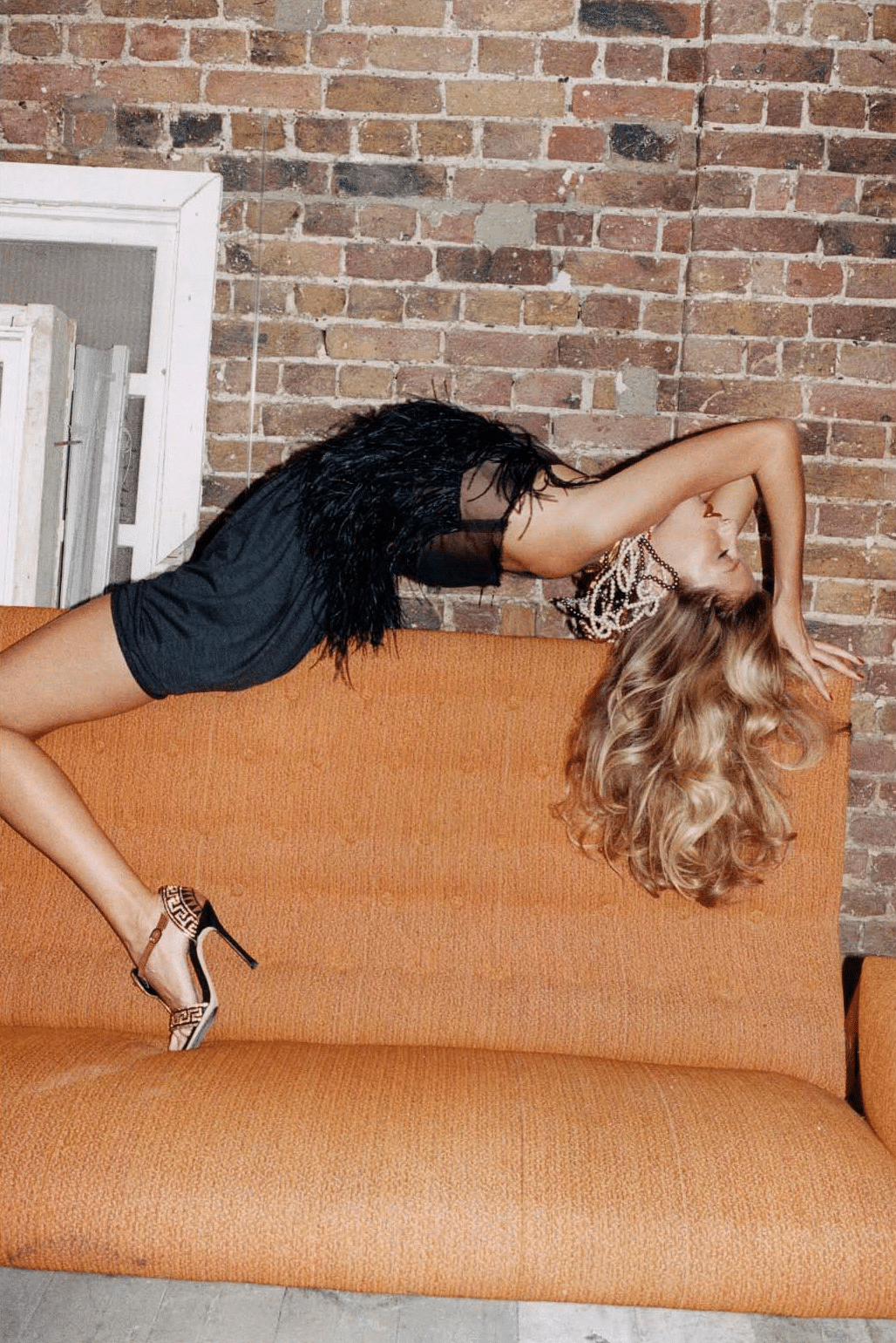Avoiding Clichés in Portrait Photography

Good portrait, fashion, or glamor photography doesn’t have to be strange or shocking to catch the eye. A nude model fixing a tractor, a half-naked woman holding an old medium format camera, or a secretary on the phone with a plunging neckline and glasses. These are some cliché combinations often found in amateur portrait photography. How can you avoid them?
The boundary between what’s cliché and not can be difficult to identify. In this article, we explore two basic approaches to photography. The first approach is natural photography, which is easier and doesn’t require much experience. The second approach involves deliberate styling and exaggeration to create unique and striking photos.
Naturalness comes first
The idea that an “artsy” photo needs to be special or different from conventional photography is a misconception. It’s not the pose, but rather the overall feeling of the photo, how it’s processed and presented that makes a good portrait or fashion photo.
You should prepare for every photo shoot you do in advance. This means you know your subject and have an idea of what the photograph should look like, feel like, and what feelings the viewer should have when viewing it.

Customized poses
Analyze the model you are going to photograph and create photo sketches or a mood board for inspiration. Customize the poses to suit your model. If you are photographing an older woman, photograph her as she is. Don’t try to hide anything. This can be obvious especially when photographing plus-size models. Photograph your models in an authentic way where no one is faking anything. Natural is the most sensible way to go.
If your inspiration is a model with long legs dressed by a stylist, standing next to a luxurious vintage car, but your model has short legs and is dressed casually and standing next to an old Ford, it probably won’t work the way you imagined.

The right preparation is half the battle.
Don’t be afraid to say no
Besides the response, “I like it that way,” you may have also heard “She wanted it that way.” It’s important to remember who the photographer is and who is putting their name on the photo. You or the model?
Just like a photographer can’t force a model to do something they don’t want to do, you shouldn’t force a photographer to take photos they don’t want to take. These photos also represent the photographer. A bad photo can deprive the photographer of future clients, so think twice. It’s all about respect and agreement between the model and the photographer.
Remnants of the 90s
Avoid poses that look unnatural. Models won’t look more seductive if their limbs are twisted in different ways or if they’re photographed in places where there usually are no people, especially if they’re wearing something that’s more ridiculous than attractive.
Some examples are photos where the model has their arms raised strangely, hugging a pole (or a tree), or carrying an umbrella in broad daylight.

I have the feeling that many photographers got stuck in the 90s when there was an abundance of blatant sexism across the audiovisual spectrum.
Typical examples are company calendars for male-dominated industries. For example, a naked model with a hammer, tractor, or excavator. Or a female soldier with army gear but no clothes. I understand it serves a purpose, but the overall impression is usually very cheap or even lascivious.
To get a better idea of what I mean, try googling “nude woman excavator calendar,” or “nude woman construction calendar.”
The rule of double negatives
Now the hard part. Mathematically, two negatives make a positive. This method can also be applied to photography. However, the important thing is to know where the line of cliché is and how you can skirt this line.
You can skirt this line in many different ways. For example, using an even more exaggerated pose, unconventional lighting, low technical quality, a bizarre setting, or unconventional adjustments for physical photography. This approach requires experience and a sense of aesthetics.
Photographs by Jurgen Teller, one of the most respected fashion photographers famous for his aesthetic of death. He deliberately crosses the line in his photography and it works.
I’m not claiming that this article is some sort of doctrine, or saying that you shouldn’t photograph what you want to photograph. But these are the types of photography I’m warning you about in this article. If you like it, go for it. But if you feel like your photography is stagnating and your portrait photography isn’t evolving, this may be one of the reasons.



